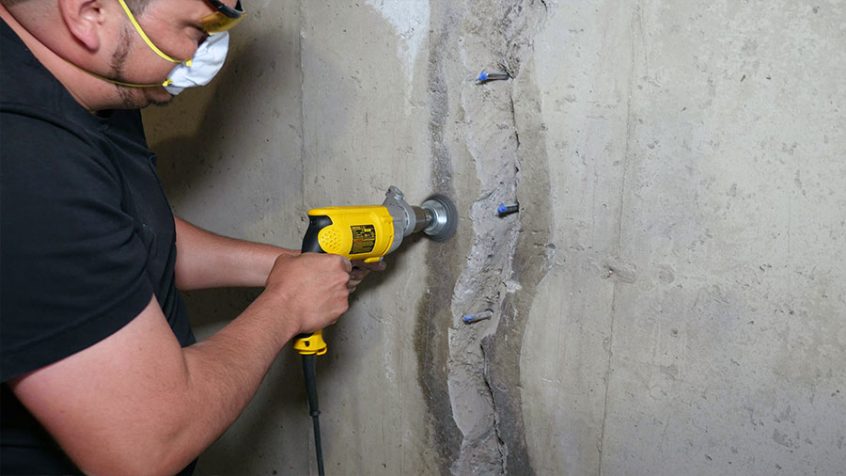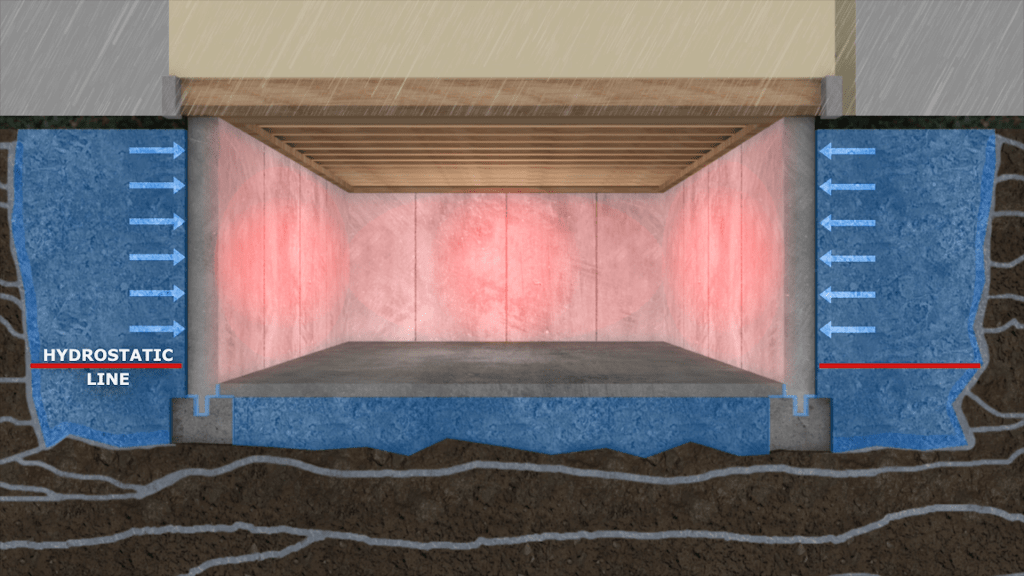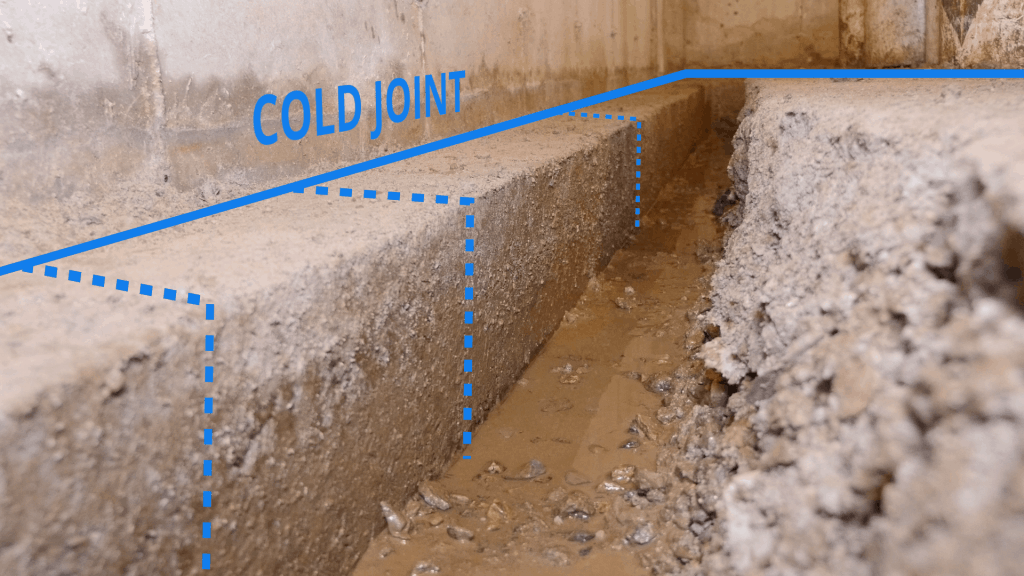How to Fix Basement Wall Cracks

Share this Post
Table of Contents
What does it mean when you find water leaking from a basement wall crack?
The walls outside your basement are taking on a tremendous amount of hydrostatic pressure. That pressure is a buildup of groundwater around and outside your basement walls, also known as the false water table. The walls will subtly push inward and produce a crack.

Eventually, the crack will widen to produce an entrance to the outside. Groundwater will find its way through the crack, run down the wall, and onto your floor. Your foundation is now compromised; only a worse scenario can follow the first intrusive crack.
How to fix a basement wall crack?
- Chisel out moist deteriorated concrete from the crack.
- Clean the area around the crack to remove dust and debris.
- Drill holes every foot inside the length of the crack.
- Insert grease fittings/pins into holes.
- Tighten grease fittings/pins in holes with a ratchet tool. A gasket on the grease fitting will expand and stay in place.
- Screw a grease-fitting tip onto the pin.
- Apply a slurry-like cement around the pins without covering the tips.
- Fill the grease gun with a hydro-active gel (epoxy).
- Attach grease gun hose to grease fitting tip.
- Slowly squeeze the hydro-active gel (epoxy) into the grease fitting tip until you see some gel dripping out, then stop.
- Repeat step 10 with the rest of the grease-fitting pins. The gel will push through and spread along the crack to the outside.
- Fill up the rest of the crack with slurry. Cover the pins with slurry and trowel a smooth surface.
Watch the following video to see how basement wall crack repairs are done correctly.
Can I prevent any more cracks from forming on my basement walls?
Yes. We know that hydrostatic pressure is why water seeps through a wall crack. If we don’t stop the pressure, a crack can form on another wall, known as a “sister crack.” It is essential to reduce the hydrostatic pressure by installing a drainage system to manage the water and redirect it away from the house.
How do you manage water to prevent basement wall cracks?
You can have an exterior or interior drainage system installed to help redirect water away from your house. Both installations are labor-intensive, but an exterior drainage system requires a lengthier timetable, higher cost, is intrusive, and is not durable. Most exterior installations give a 10-year warranty. Why? Because they are “not durable.”
An exterior system can suffer from slit clogging, root intrusion, the ebb and flow of soft pan clay, or turn into a rodent superhighway. The new waterproofing membrane will erode in 3 to 5 years, just like the one applied during the house’s construction.
American Dry Basement Systems can install an interior basement waterproofing system in 1 to 3 days, depending on square footage. The installation comes at a lower cost and a lifetime warranty/guarantee. You can have the confidence to finish it or use it to store your items.
What else should you look out for besides basement wall cracks?
Likely, water enters the basement from where the floor meets the wall. It’s also known as the “cove.” Hydrostatic pressure pushes groundwater through the cove because it is a cold joint. Cold joints are made by pouring wet concrete into a mold over the dry concrete footer. They never really get a chance to bind together.

That “cove” is similar to a crack. There is no perfect seal between the wall and the floor. In 3 to 5 years, the waterproof membrane on the outside wall wears away. The cove will no longer be a shield against the groundwater from entering.
Wet concrete along cold joints indicates that groundwater could be entering your basement. Another visual indicator, perhaps not as threatening, is the presence of white glittering powder on your cement walls called efflorescences. This white powdery substance results from exposure to acidic groundwater — the acidic nature of water leeches the lime into cement walls. You might be experiencing a leaky wet basement right now, or you will find it in the future when you see efflorescences.
The chances are high that water is entering your basement through the cove if you have a leaking basement wall crack. It is imperative to resolve both problems simultaneously to eliminate any chance of it happening again.
Learn More! Read our other post: FLOODING DUE TO MELTING SNOW, to get more information about safeguarding your basement from water seepage.
Schedule a free, no-obligation inspection and quote at no cost.